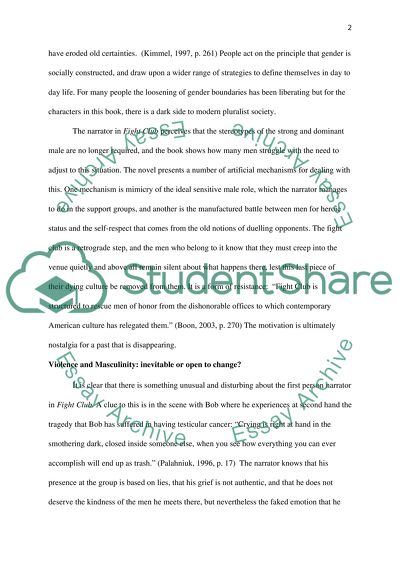Cite this document
(“Option 2: Violence and Masculinity Essay Example | Topics and Well Written Essays - 1500 words”, n.d.)
Retrieved from https://studentshare.org/english/1425954-option
Retrieved from https://studentshare.org/english/1425954-option
(Option 2: Violence and Masculinity Essay Example | Topics and Well Written Essays - 1500 Words)
https://studentshare.org/english/1425954-option.
https://studentshare.org/english/1425954-option.
“Option 2: Violence and Masculinity Essay Example | Topics and Well Written Essays - 1500 Words”, n.d. https://studentshare.org/english/1425954-option.


